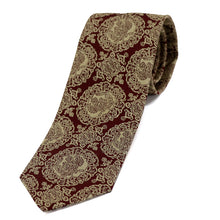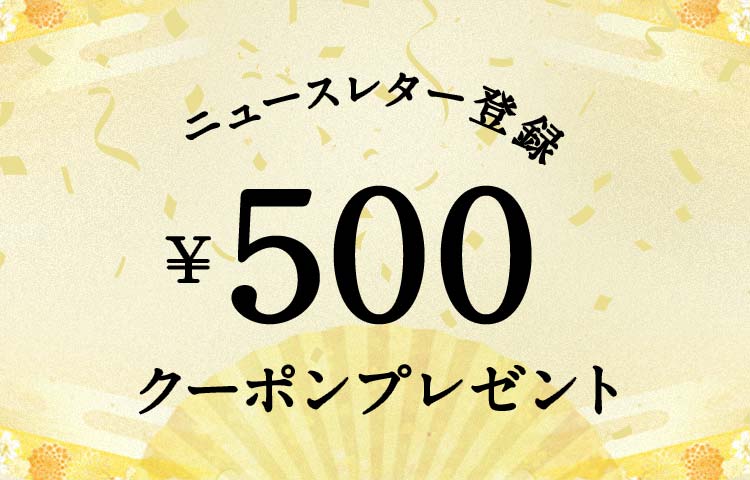Detail
| Product : | Tie (Gyoshiki Hoo-Mon Nishiki) |
|---|---|
| Type : | ネクタイ |
| Size (cm) : | Overall length 145.5 Maximum width 8.5 Minimum width 3.0 |
| Tags : | 130th anniversary object-2、 Wrapping available、 Pattern_Gyoshiki Hōō-mon Nishiki、 Shosoin cleft、 Father's Day、 For Gentlemen、 bird、 |
| Other : | The pattern may be different from the image shown due to the cutting process. Please understand this in advance. |
| Other : | Gift wrapping service available |
Reviews
Description
A tie with dignity and character with ancient design.
Patterns
Gyoshiki Hōō-mon Nishiki(Warp-patterned Nishiki with Phoenix Design)

The original is a Nishiki (polychrome patterned silkp) reserved in the Shōsoin Repository (the Imperial treasure house built more than 1,200 years ago). It is believed to have been the covering of an arm-rest used by Emperor Shōmu (701-756). The main motif of the pattern is a grapevine arabesque roundel with a flapping phoenix in the center. It is typical of Sassanian-style designs to enclose animals or birds in roundels. In this design it is superbly combined with a phoenix, an imaginary bird in China, and grapevine arabesques showing the East-Roman influence. The fabric is a good example of the Japanese culture in the Nara Period (8th century), having direct or indirect access to the Chinese and Western cultures. The original weft-patterned Nishiki is noteworthy in the Shōsoin collection in terms of design, color scheme and weaving technique. Our fabric is a reproduction of the original pattern on a smaller scale, woven with the warp-cloth technique with a special care for refined color scheme most fit for this type of weaving.

















